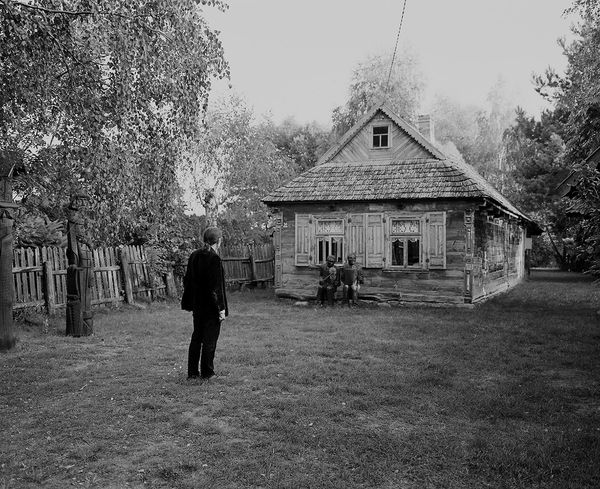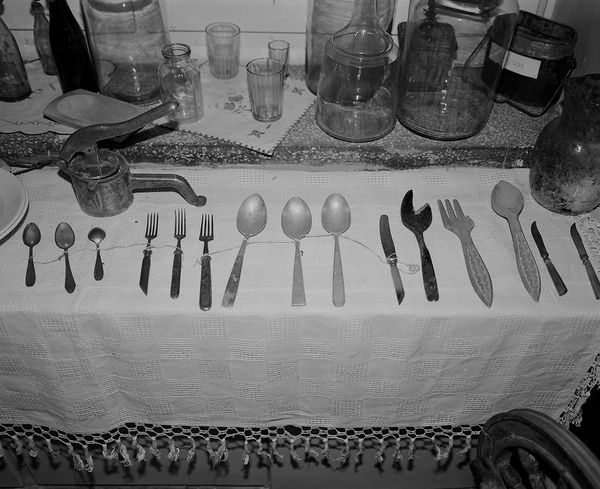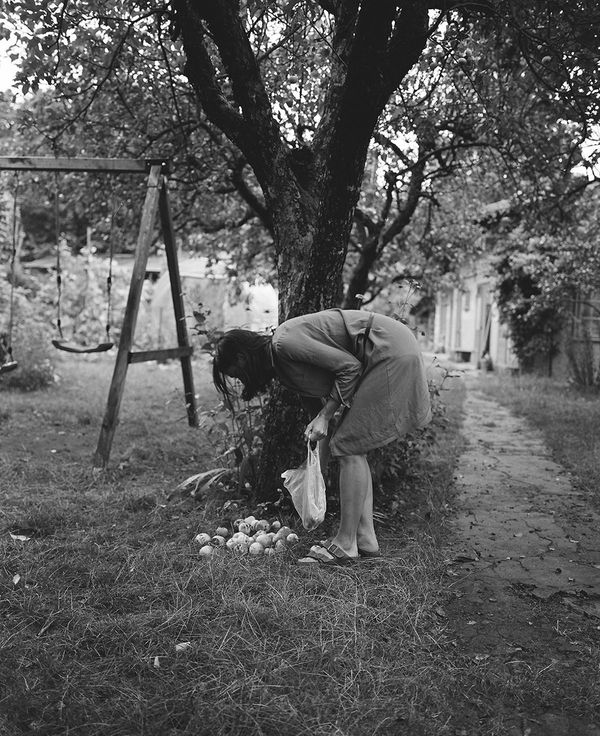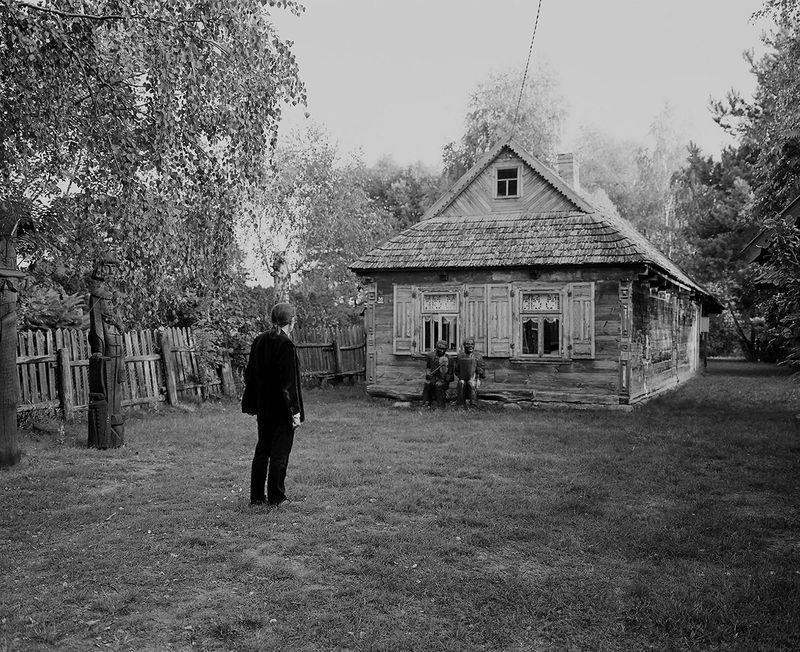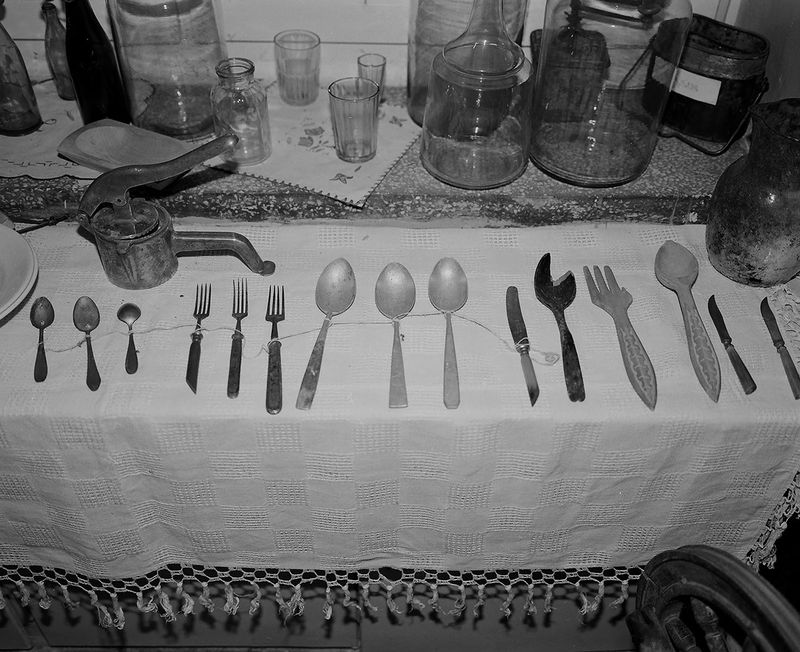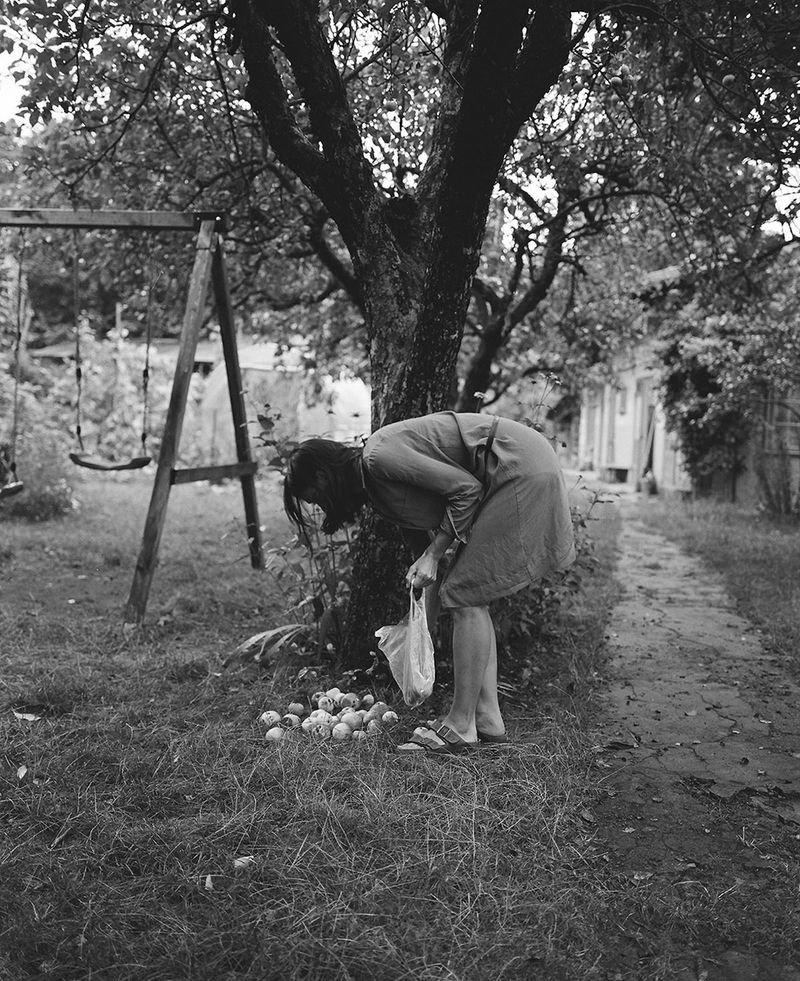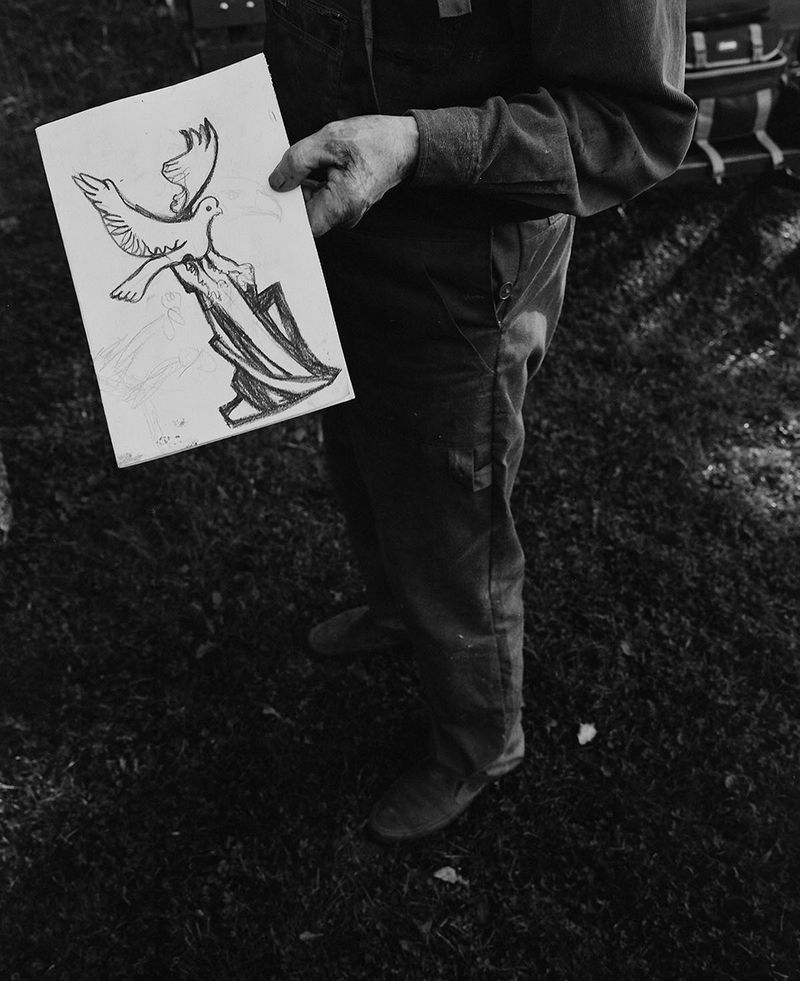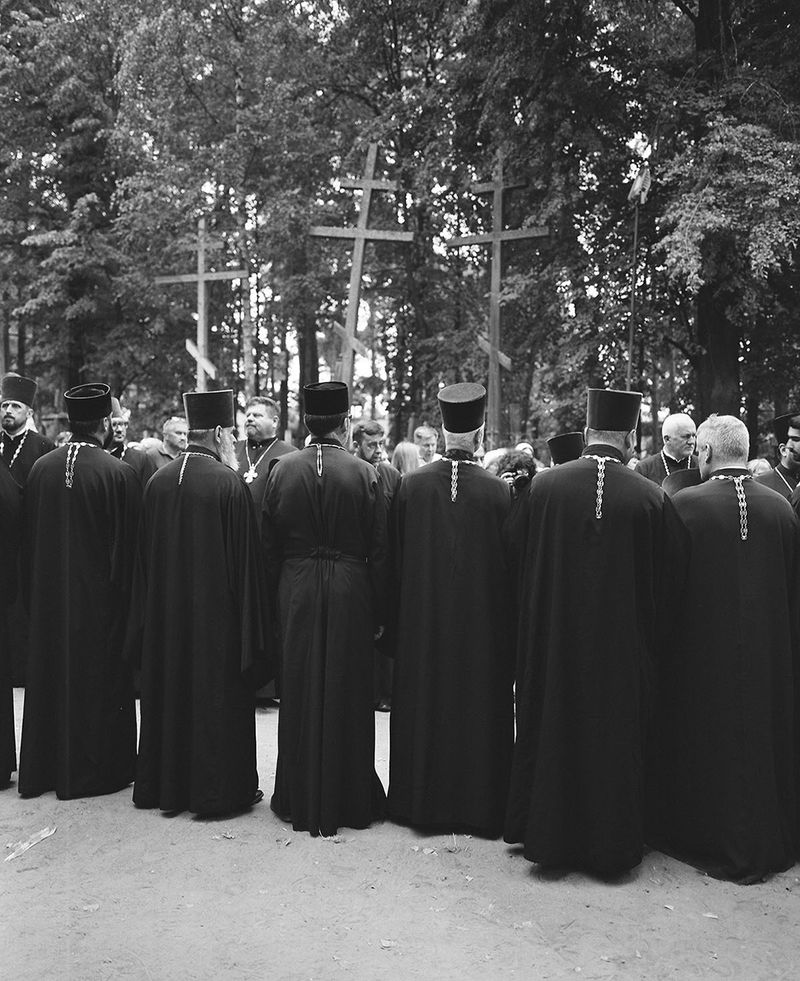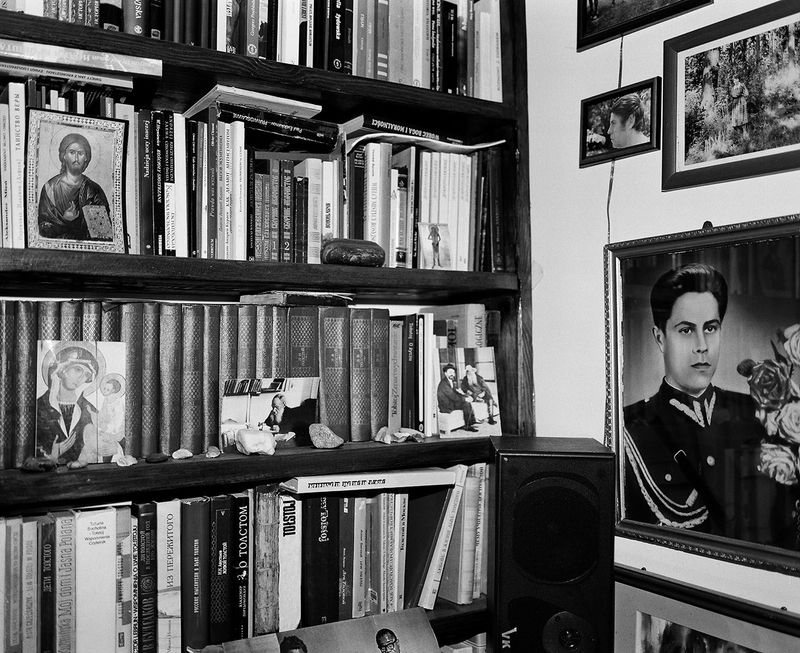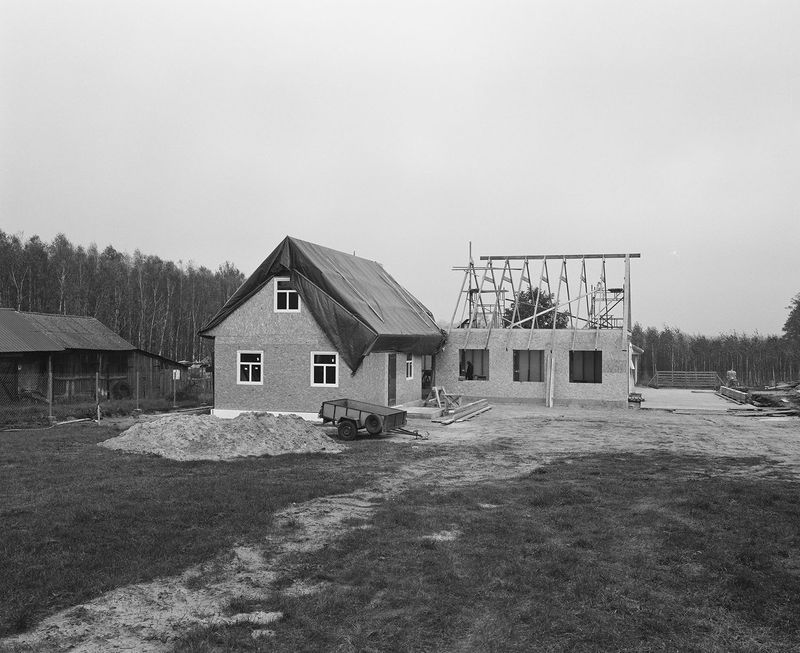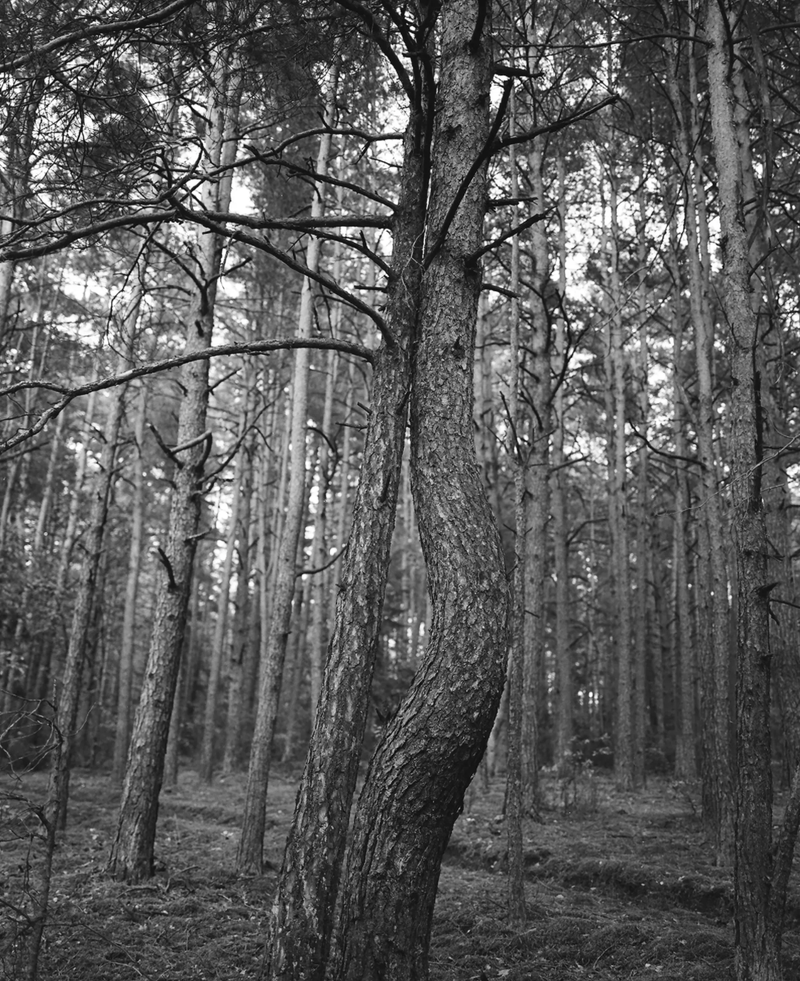In Need of a Fluid Cultural Identity
-
Published16 Aug 2021
-
Author
Monika Orpik’s monochromatic observation of both the presence and movement of the Belarusian community within her Polish homeland looks to highlight the oftentimes claustrophobic nature of cultural barriers.
Monika Orpik’s monochromatic observation of both the presence and movement of the Belarusian community within her Polish homeland looks to highlight the oftentimes claustrophobic nature of cultural barriers.
“Neighbours” examines the identity-building process of the Belarusian community in Poland. With regards to the 2020 elections in Belarus and the subsequent wave of protests, the questions of what is the notion of the neighbour and what is the border between Poland and Belarus, which historically was dividing villages and families, came to the surface again. The work combines narratives of Belarusians in two regions: Podlasie (East Poland), where they have been based for hundreds of years and contributed to the development of cultural heritage, and Warsaw, a location which is becoming more and more popular due to economic or political migration. By documenting the communities through photographs and interviews “Neighbours” is trying to find a middle ground for a mutual cultural consciousness and subsequent support in times of political upheaval and rising discrimination of minorities.
The whole series will be presented with a Songbook specially developed for the project. A graphic songbook (shown in form of a free newspaper) of traditional Polish-Belarusian songs sung in a dialect that can become extinct in the very near future. The dialect is now only spoken in a very few villages mostly inhabited by elderly Belarusians without any chances of being passed on to younger generations. The songbook would consist of a series of photographs showing the conductor’s signs/gestures as a symbol of unheard melody and a language known only for a quite narrow audience. Each sign would refer to the sounds/words appearing in the songs almost like a sign language for the endangered dialect.
Words and Pictures by Monika Orpik.
--------------
Monika Orpik is a visual artist working with photography, film and music. Her practice is research-based, making use of archival materials, interviews, oral histories and artefacts. She perceives landscapes as witnesses in which marks of the past are recorded, looking at where extremes meet - oppression vs trauma, rewriting history vs facts - moments that often lack photographs and that cannot be seen. Find her on PHmuseum and Instagram.
---------------
This feature is part of Story of the Week, a selection of relevant projects from our community handpicked by the PHmuseum curators.
